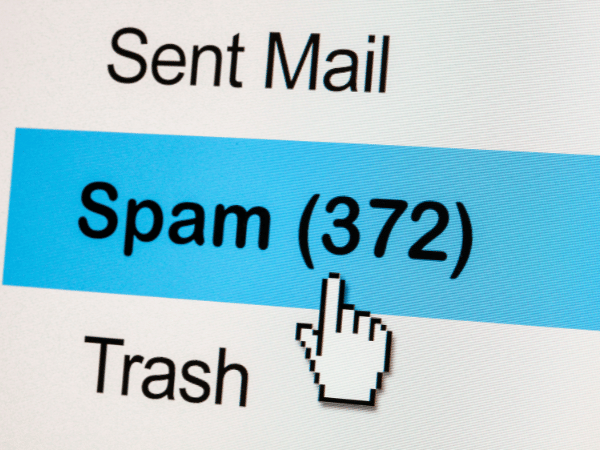Email marketing remains one of the most effective digital marketing channels, but changes to Google’s email sender requirements from February 2024 mean marketers may need to make a few changes.
This post will explain Google’s new standards, their impact, and how to achieve compliance.
Overview of Google’s New Email Sender Requirements
Google (along with Yahoo and AOL) has announced a major update to its email sender guidelines, with significant changes coming into effect from February 2024. Their goal is to enhance the security and deliverability of email senders and improve the experience for Gmail users.
This overhaul addresses issues like spam, phishing scams, and problematic content in emails. Google claims to block over 15 billion spam emails daily, and the problem is only getting worse. To help address the issue, Google and other major email services want to ensure senders have secure infrastructure and are transparent about their mailing practices.
Google has stated that the new, strengthened rules around authentication and sender reputation will affect any bulk mailers who send to over 5,000 Gmail addresses per day.
What is Changing?
Most changes simply formalise what is already good practice in email marketing, such as ensuring authentication headers are in place, keeping spam complaints low, and allowing users to unsubscribe easily. The new rules cover:
Authentication
Senders should authenticate their sending domains using standard protocols such as DKIM, SPF, and DMARC. It is good practice for email senders to send bulk emails from a subdomain rather than your organisation’s primary domain. If you do so, check that as many of these protocols are in place as possible and that they match your subdomain exactly. Doing so will confirm your identity as a legitimate sender.
Spam Thresholds
Google will begin to enforce strict spam thresholds, which senders must stay below. The new threshold will be 0.3% of all emails sent. You should be able to check the spam complaint rate for each email campaign in your software’s analytics. This metric is based on the proportion of recipients clicking the “spam” button in their email client.

Unsubscription
Bulk senders must offer a one-click unsubscribe on all emails so recipients can quickly and easily opt out of further communications. Unsubscriptions must be processed within two days.
Impact on Email Marketing
For email senders, Google’s requirements influence deliverability in several ways:
- Poorly authenticated mail may go to spam or be blocked, hurting inbox placement.
- Growing focus on sender reputation makes list hygiene and engagement critical.
- Senders exceeding the 0.3% spam threshold will start seeing a percentage of their emails go undelivered, with this percentage increasing over time.
While the new rules largely enforce what most responsible marketers are already doing and currently only affect those sending to over 5,000 Gmail mailboxes per day, these limits could be reduced in future, affecting smaller senders. So, following these new rules is a good idea, even if your email lists are too small to qualify.
Effective list management and audience segmentation are more crucial than ever. Ensure you:
- Keep spam rates low by sending timely, relevant messages to appropriate segments, not your entire list.
- Check campaign content and subject lines using spam checkers.
- Monitor spam and unsubscribe rates carefully and change your approach if these increase.
- Clean disengaged contacts from your lists regularly using automated workflows.
- Use personalisation in your emails.
Most email service providers will be doing their bit to ensure compliance, for example, by providing one-click unsubscribe functionality. So, check your provider’s advice about the new changes. To keep in Google’s good books, ensure you are using a reputable email service provider.
Final Thoughts
The key for email marketers is staying proactive and keeping up with evolving best practices. With the proper focus on compliance, infrastructure and engagement, Google’s new standards should improve results over the long term. These new rules are common sense and should help all of us by reducing spam, so be a good corporate email citizen and check your email marketing complies with the rules, even if your Gmaill sends are below the 5,000 daily threshold.
Please contact us for help setting up your email authentication or checking your compliance.
Frequently Asked Questions
How quickly do I need to become compliant?
Google is enacting the requirements from February 2024, so you should audit your compliance ASAP.
What if I don’t meet all of Google’s new email sender guidelines?
Your mail may be blocked or placed in spam. Non-compliance damages deliverability and your sender reputation over time.
Where can I learn more about Google’s email sender requirements?
Check out Google’s blog post on the changes here, or look at the Yahoo Sender Hub.


